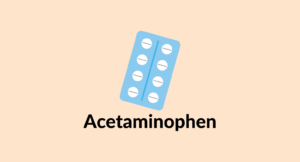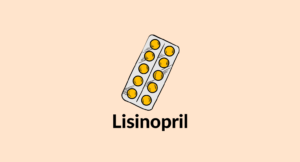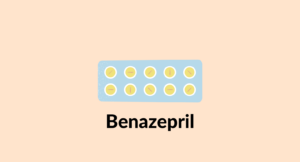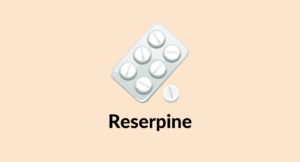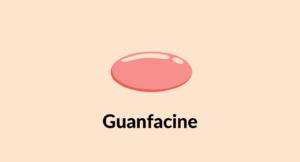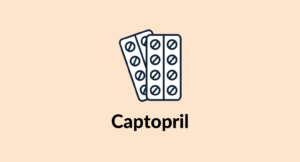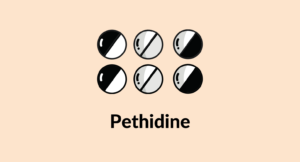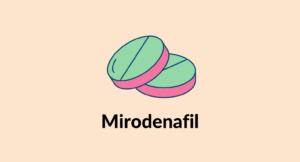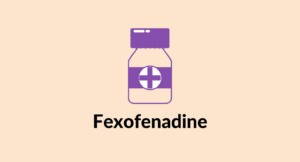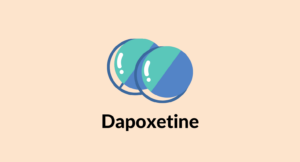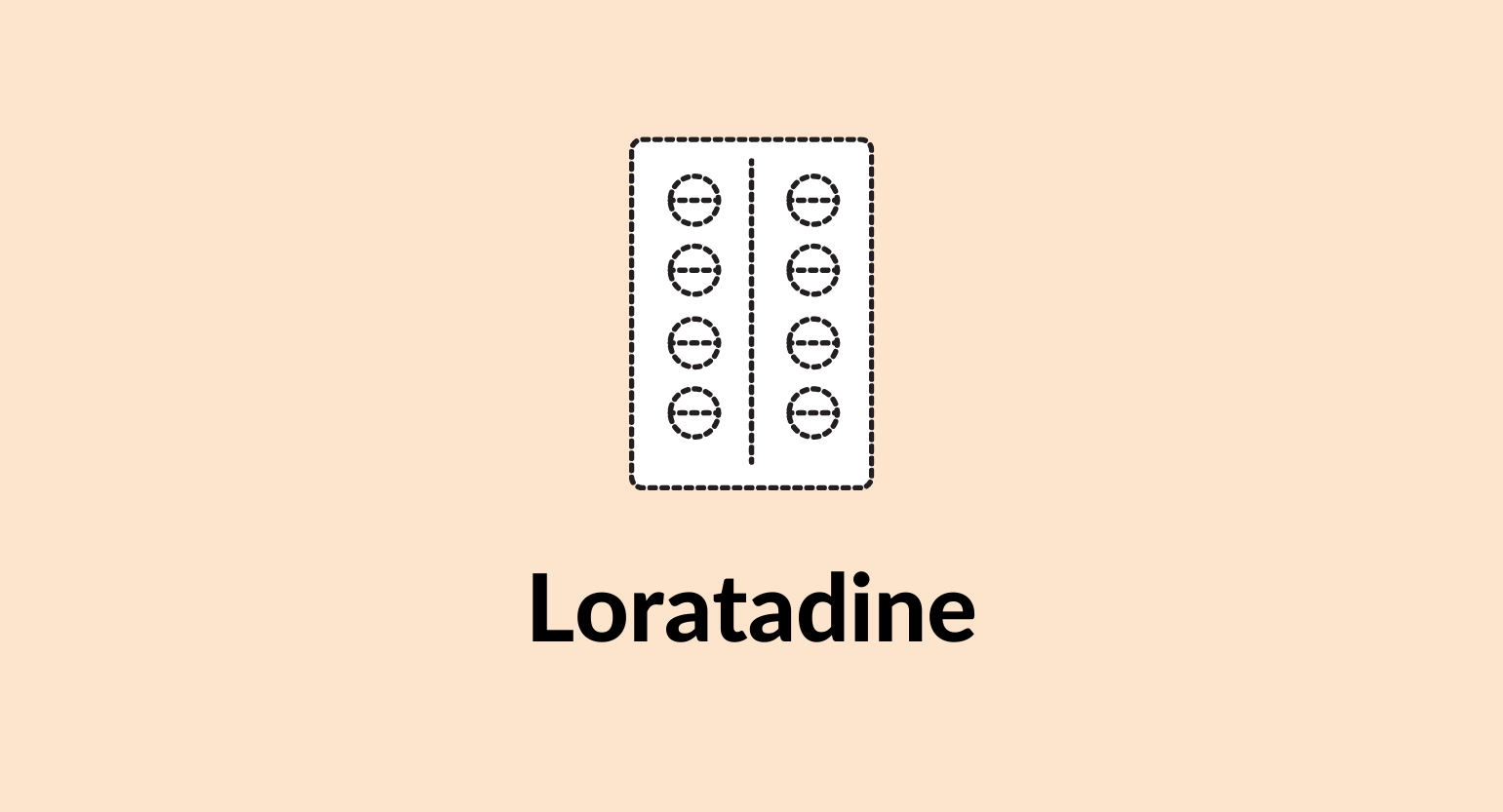
Does CBD Interact With Loratadine (Alavert)?
CBD and loratadine are entirely different substances, but there’s a hidden danger with this combination. It’s best to give this combo a pass.
CBD and second-generation antihistamines like loratadine (Alavert) are unlikely to interact.
With that said, it’s wise to take a lower dose of CBD than you’re used to if you know the effects of these drugs are going to overlap.
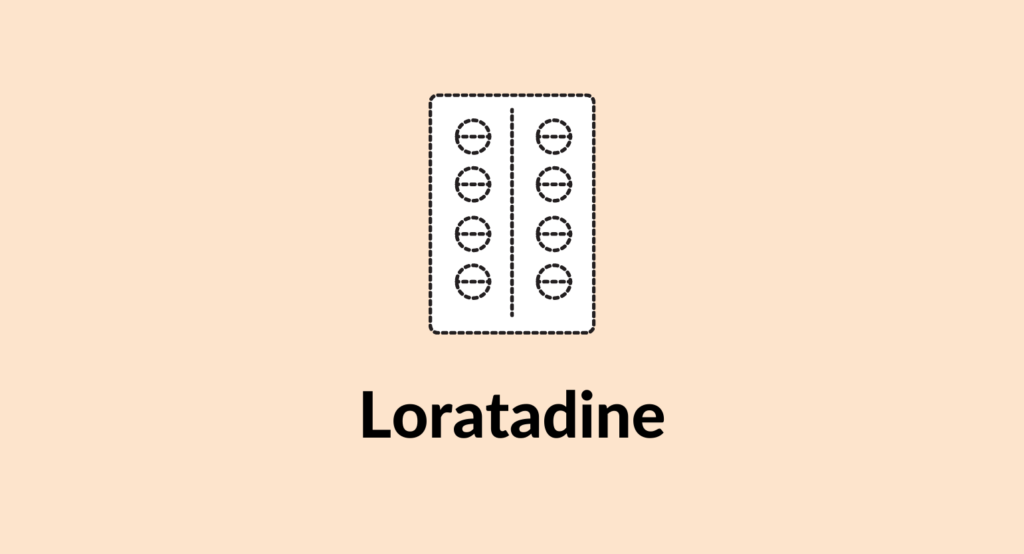
Second-generation antihistamines are much safer than their predecessors. They’re designed to avoid crossing the blood-brain barrier — leading to a significantly lower risk of sedation or delirium (aspects that make 1st generation antihistamines dangerous).
Because of these improvements, CBD (cannabidiol) is unlikely to lead to any major side effects if taken alongside loratadine.
However, it’s possible that high doses of CBD (or other cannabinoids) may lead to side effects such as drowsiness, lightheadedness, or headaches.
Here’s everything you need to know about taking CBD and loratadine together.
Does CBD Interact With Loratadine (Alavert)?
Yes. CBD can interact with loratadine (Alavert).
CBD can be an agonist to loratadine. It can slow down loratadine’s metabolism in the body and worsen some of its side effects. This includes increased drowsiness, nausea, mental confusion, etc.
CBD can interact with loratadine in two ways:
A) CBD May Increase The Chances of Side Effects From Loratadine
Agonistic interaction happens when two substances exert similar effects on the body, causing them to create more potent effects.
Loratadine is a second-generation antihistamine that acts on the H1 receptor. It works by decreasing the effects of histamine as a result of an allergic reaction. It can cause some sedation as side effects, although this is extremely less compared to the sedation-inducing first-generation antihistamines.
CBD, on the other hand, works on the endocannabinoid and serotonergic receptors. It has sedating and anxiolytic properties.
So taking these two drugs together may cause more side effects like increased drowsiness, confusion, sedation, etc. Though the likelihood of these side effects occurring is very less, it is very much possible and must not be taken lightly.
B) CBD May Interfere With the Body’s Ability to Metabolize Loratadine
When two substances use the same enzymes for metabolism, it is called metabolic competition. Consuming two such substances leads to an increased accumulation of one or both substances in the body due to a slow down in their metabolism.
Loratadine is metabolized by CYP3A4, CYP2D6, CYP1A1, and CYP2C19 enzymes. These same enzymes metabolize CBD too. So if you take both drugs together, they may end up competing against each other for these enzymes. This leads to a major slowdown in their metabolism. It may also decrease the rate of their removal, causing a high level of accumulation and more side effects.
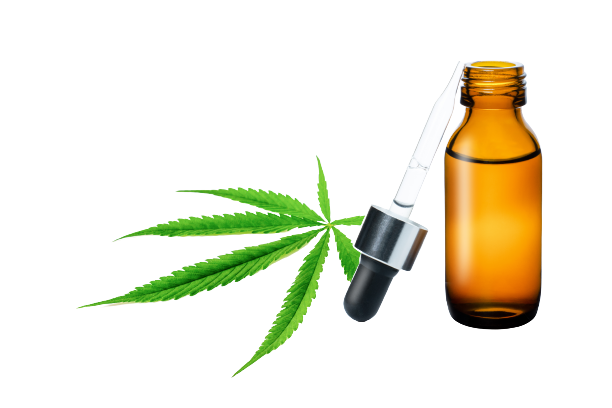
Similar Medications: CBD & Antihistamines
Loratadine is classified as a selective peripheral H1 blocker of antihistamines. CBD and antihistamines all share similar risks for interaction and side effects. It is used for treating allergic reactions.
Here’s a list of similar medications that share a similar level of risk when combined with CBD:
- Carbinoxamine (Palgic)
- Desloratadine (Clarinex)
- Hydroxyzine (Atarax & Vistaril)
- Levocetirizine (Xyzal)
- Brompheniramine (Dimetane)
- Cetirizine (Zyrtec)
- Chlorpheniramine (Chlor-Trimeton)
- Clemastine (Tavist)
- Diphenhydramine (Benadryl)
- Fexofenadine (Allegra)
Is It Safe to Take CBD and Loratadine (Alavert) Together?
Loratadine and CBD can have a moderate level of interaction with each other. This is especially in the case of taking high doses of both drugs and for a long time, as there will be an excess accumulation of both drugs in the body.
However, low doses of CBD and loratadine, taken for a short duration, are less likely to cause many side effects. Regardless, you must always consult your prescribing physician before taking them together. Never start taking them by your own accord. Be on the lookout for any unusual side effects and if you encounter any, get medical aid at once.
Is CBD A Viable Alternative to Loratadine (Alavert)?
CBD is not considered a viable alternative to loratadine, but it does offer some mild anti-allergy benefits.
The anti-allergic effects of CBD normally require a few days or even weeks of use before any improvement is noticed. It’s not sufficient as a symptomatic treatment but may offer seasonal relief for people prone to allergies at specific times of the year.
CBD has anti-inflammatory properties [1]. It can help to reduce the symptoms of inflammations resulting from an allergic reaction. Thus, it may help to reduce swelling, pain, and discomfort.
It can help to decrease symptoms of asthma [2]. It can provide symptomatic relief and decrease inflammatory symptoms by mediating the signaling of the cannabinoid receptors CB1 and CB2.
What is Loratadine (Alavert)?
Loratadine is a second-generation antihistamine drug. Commonly sold as Alavert, it’s a selective peripheral H1 blocker used in the treatment of allergic reactions, especially allergic rhinitis and hives.
Loratadine (Alavert) Specs:

| Drug Name | Loratadine |
| Trade Name | Alavert, AllerClear, Astadin, Belocet, Claritin-D, Clarityn, Laritol, Loradine, Loraid, Loratin, Lorid, Lotamin, Tirlor, Sensibit, Walitin |
| Classification | Antihistaminic |
| CYP Metabolism | CYP3A4, CYP2D6, CYP1A1, and CYP2C19 |
| Interaction With CBD | Agonistic, Metabolic competition |
| Risk of Interaction | Moderate |
Other Names For Loratadine
Loratadine is sold under many different names. All share the same risk and potential interactions.
Other names for Loratadine include:
- AllerClear
- Astadin
- Belocet
- Claritin-D
- Clarityn
- Laritol
- Loradine
- Loraid
- Loratin
- Lorid
- Lotamin
- Sensibit
- Tirlor
- Walitin
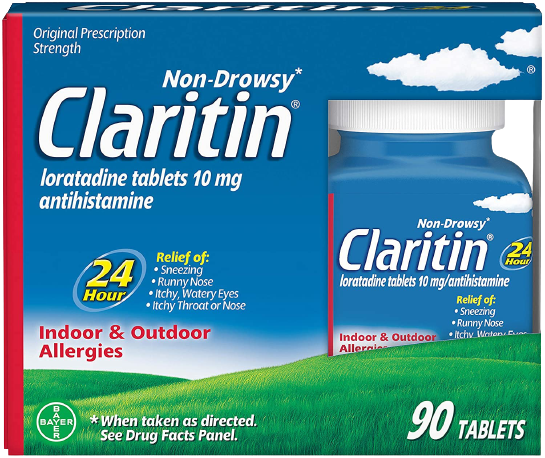
What Does Loratadine (Alavert) Do?
Loratadine is a second-generation antihistamine drug. It is highly selective for peripheral H1 receptors.
Unlike the first-generation antihistamines, normally, the second-generation antihistamines do not cross the blood-brain barrier. Hence, there are very minimal chances of sedation. However, loratadine can cross the blood-brain barrier to a small extent, thus causing sleepiness and psychomotor retardation in some users.
Loratadine binds to H1 histamine receptors found on the surface of epithelial cells, endothelial cells, eosinophils, neutrophils, airway cells, and vascular smooth muscle cells.
Histamine is the main active substance in allergic reactions and hypersensitivity. Exposure to allergens like pollen and other substances can cause the degranulation of mast cells and basophils. This action leads to the release of anti-inflammatory mediators such as histamine. Histamine will then bind to H1 receptors and activate them. The result is the release of pro-inflammatory cytokines such as interleukins from basophils and mast cells. These cytokines are responsible for causing various allergic symptoms.
H1 histamine receptors are G-protein coupled receptors and have both active and inactive forms. The binding of histamine to these receptors causes a cross-linking between transmembrane domains and stabilizes the active form of the receptor. Meanwhile, antihistamines like loratadine bind to a different site on the H1 receptor and favor the inactive form.
Hence, loratadine is an inverse agonist, and its binding to those receptors stabilizes them. This action can prevent or reduce the severity of histamine-mediated symptoms.
Loratadine also possesses anti-inflammatory properties. It can suppress the NF-kB pathway and regulate the release of cytokines and chemokines. Thus, it can regulate the recruitment of inflammatory cells and thus decrease inflammation.
Loratadine reaches its peak effect at 1-2 hours, and its half-life is about 8 hours.
Side Effects of Loratadine (Alavert)
Loratadine should not be used with CYP3A4 inhibitors such as ketoconazole, erythromycin, cimetidine, and furanocoumarin derivatives.
It should be used with caution in users with liver and renal diseases. It may be safe to use in pregnancy and lactation; however, there aren’t many studies available to show this. So it must be used with caution in pregnancy and lactation.
Side effects of loratadine are [3]:
- Headaches
- Abdominal pain
- Nausea
- Vomiting
- Dry mouth
- Drowsiness
- Fatigue
- Sweating

Key Takeaways: Is it Safe to Take Loratadine (Alavert) With CBD?
CBD’s interaction with loratadine is considered moderate, with CBD causing a slowdown in loratadine’s metabolism after a long time of use and with a high dosage. It may even cause more prominent side effects such as drowsiness or headaches.
These side effects may be decreased by taking only a small amount of both drugs for a short time. However, these drugs should not be taken together until and unless you have consulted with your prescribing physician first. Take them only as directed, and if you get any abnormal side effects, get medical aid at once.
References
- Burstein, S. (2015). Cannabidiol (CBD) and its analogs: a review of their effects on inflammation. Bioorganic & medicinal chemistry, 23(7), 1377-1385.
- Vuolo, F., Abreu, S. C., Michels, M., Xisto, D. G., Blanco, N. G., Hallak, J. E., … & Dal-Pizzol, F. (2019). Cannabidiol reduces airway inflammation and fibrosis in experimental allergic asthma. European journal of pharmacology, 843, 251-259.
- Sidhu, G., & Akhondi, H. (2021). Loratadine. StatPearls [Internet].
Signup to our newsletter
Be the first to know about our newest arrivals and special offers!
